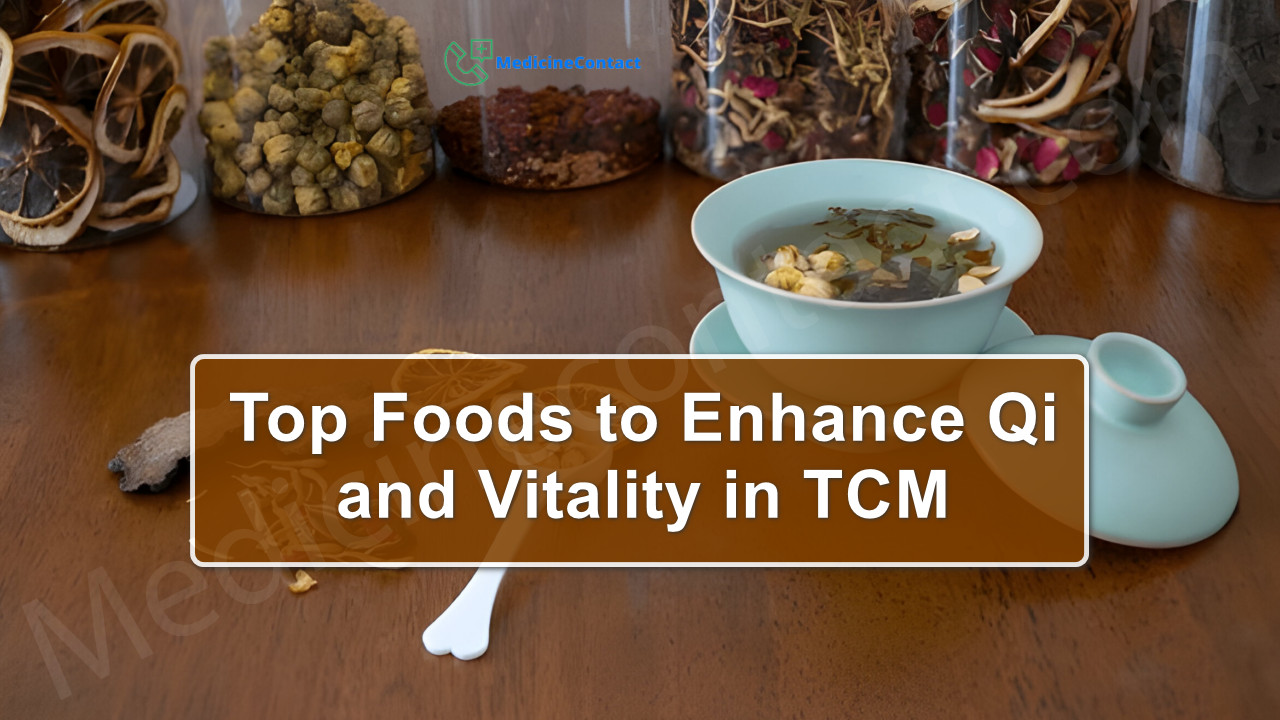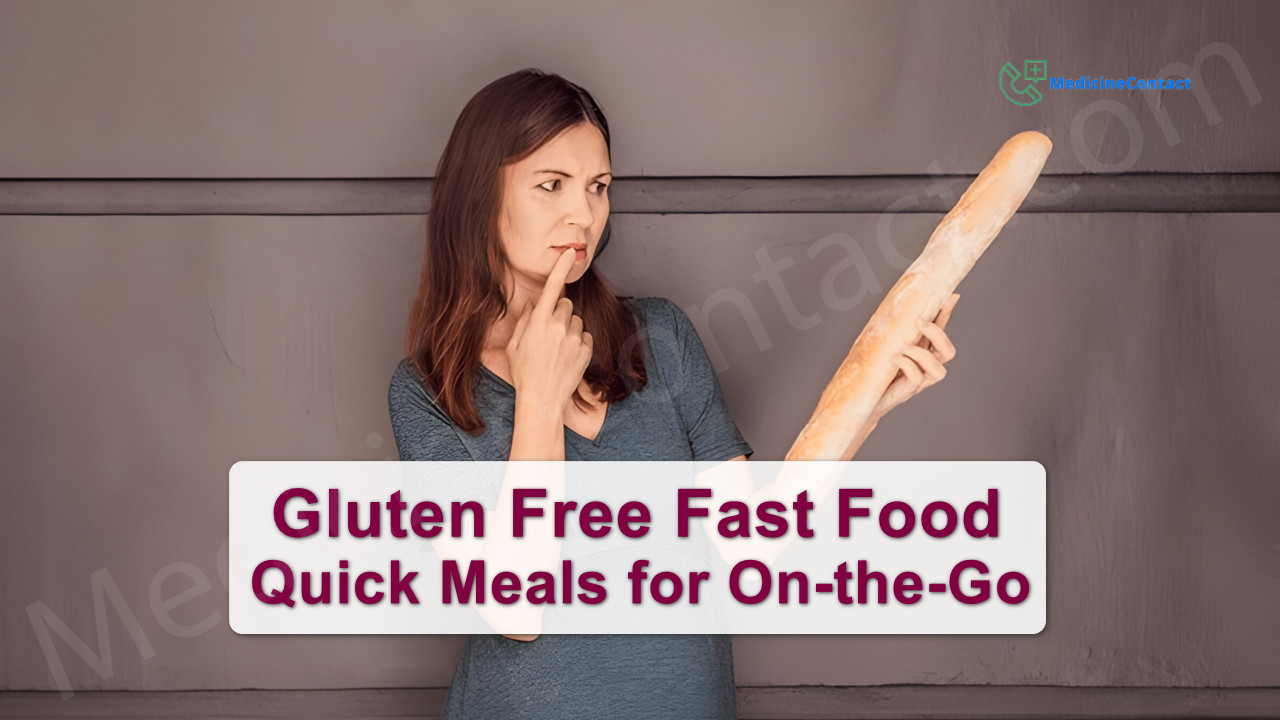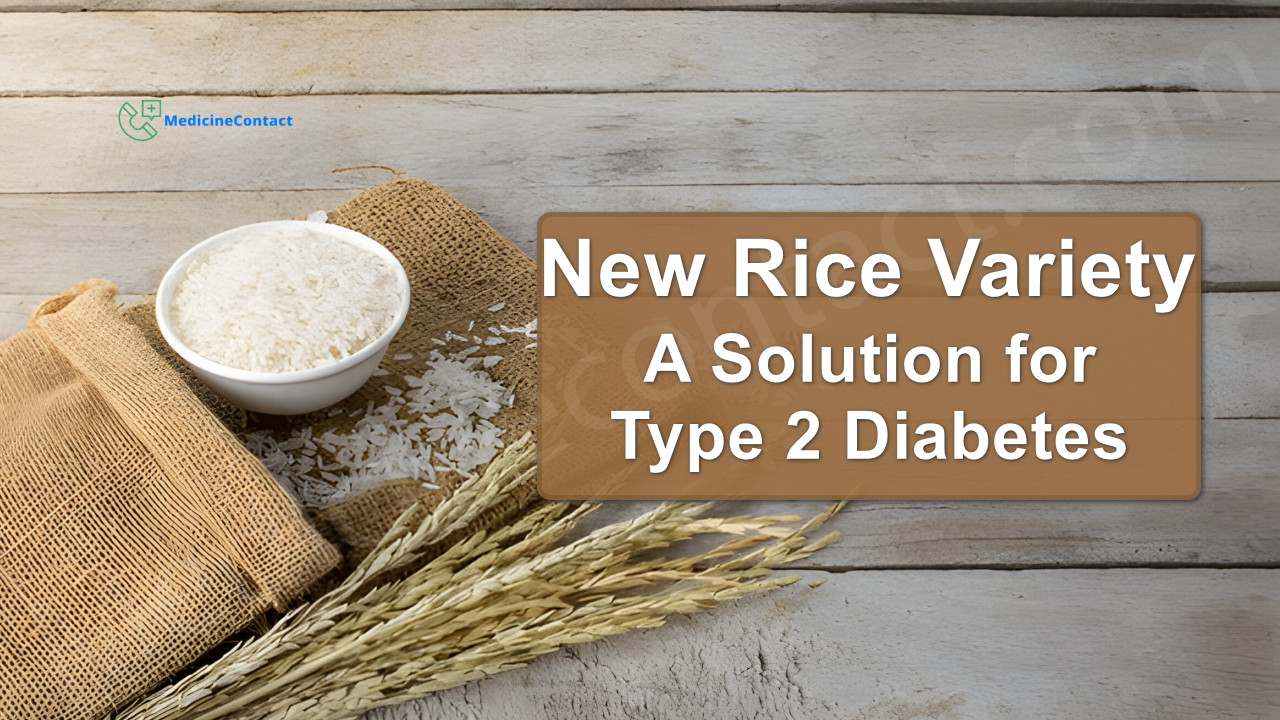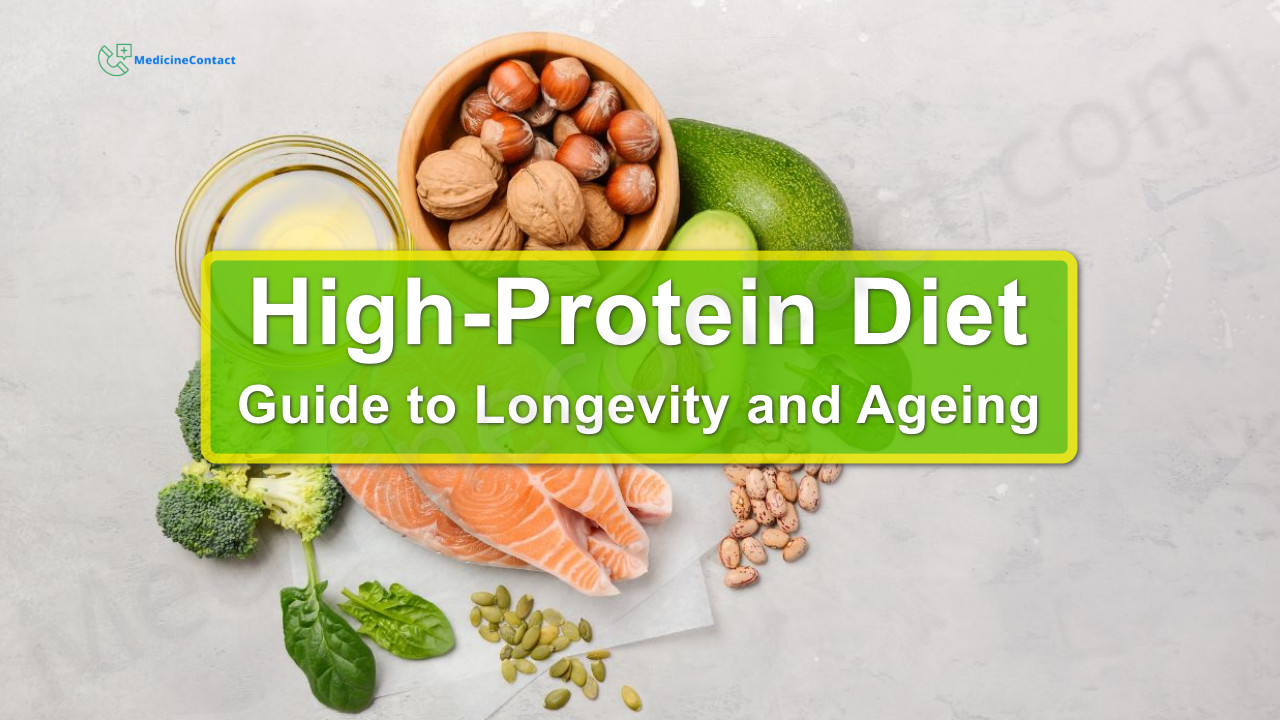
Examining the Effects of Heat on Probiotics in Yogurt
Yogurt is a nutritious food that provides protein, calcium, vitamins, and live cultures known as probiotics. However, since yogurt often requires heating during preparation, some people wonder if cooking destroys these beneficial bacteria. Research shows probiotics can survive higher temperatures under certain conditions. Read on to learn more about yogurt, probiotics, and how preparation methods impact live cultures.
The Nutritional Benefits of Yogurt
Yogurt has long been praised as a healthy food. Just one cup provides significant amounts of:
- Protein - Strengthens muscles and satisfies hunger
- Calcium - Crucial for bone health
- Vitamin B12 - Boosts energy and brain function
- Potassium - Regulates blood pressure
- Phosphorus - Supports bone mineralization
Additionally, yogurt contains conjugated linoleic acid, a fat that may help reduce body fat and risk of certain cancers. The protein and fat also promote satiety after eating.
The Role of Probiotics
While yogurt itself is nutritious, much of its health benefits come from live probiotic cultures. Probiotics are beneficial bacteria that provide multiple advantages when consumed.
Research shows probiotics may help:
- Strengthen the immune system
- Improve digestion and gut health
- Enhance mood and reduce anxiety
- Increase absorption of vitamins and minerals
- Lower cholesterol levels
For these reasons, getting adequate probiotics from yogurt and other fermented foods is ideal for overall wellbeing.
The Effects of Heat on Probiotics
To get the most out of yogurt's probiotics, minimizing heat exposure is advised. However, some cooking is usually required during yogurt preparation. So how much heat can probiotics withstand?
Low Heat Helps Survival
Studies show that probiotic bacteria thrive best at temperatures between 35-40°C (95-104°F). Mild pasteurization of milk uses lower heat to destroy pathogens while preserving good bacteria. This allows live cultures to be added later to create yogurt.
During yogurt fermentation, cultures are grown at around 110-115°F. This warmth helps probiotics multiply as they turn milk into yogurt. Warming finished yogurt to serve also poses minimal risk to probiotics.
High Heat Destroys Probiotics
Exposing yogurt to very high temperatures, however, can begin to damage or destroy probiotics. Heating above 115°F starts inhibiting growth. At 130°F, viability declines rapidly. By 150°F, over 90% of bacteria are inactivated.
Ultimately, holding yogurt for long periods above 122°F significantly reduces probiotic counts. Flash pasteurization used for shelf-stable yogurt uses ultra-high heat that kills all bacteria.
Other Factors Impacting Viability
In addition to heat, other factors influence probiotic survival including:
- Acidity - Low pH helps probiotics thrive.
- Oxygen - Anaerobic environments increase viability.
- Sugars - Certain sugars can shield bacteria from damage.
- Strains - Some strains are heartier than others.
Therefore, production methods using lower temperatures, probiotic-friendly ingredients, and resilient strains yield higher probiotic yogurt.
How Cooking Methods Affect Probiotics in Yogurt
Preparing yogurt involves varying levels of heat depending on the cooking method. Some preserve more probiotics than others.
Frozen Yogurt
Making frozen yogurt exposes yogurt to repeated temperature changes. Cold alone does not damage probiotics, but cycles between freezing and thawing can harm bacteria. Sugar and flavors also reduce probiotic content in frozen yogurt.
Baked Goods
Using yogurt in baked goods subjects probiotics to baking temperatures ranging from 325-450°F. Exposure to oven heat for an extended time destroys almost all beneficial bacteria originally present.
Warm Dips
Warming yogurt gently to use in a heated dip or sauce maintains more probiotic activity. As long as the temperature does not exceed 130°F for too long, much of the bacteria should remain unharmed.
Yogurt Smoothies
Blending yogurt with cool ingredients like fruit and ice to make a smoothie poses little threat to probiotics. The chilled temperature optimizes bacterial viability. Avoid hot ingredients like cooked vegetables.
Probiotic Drinks
Making yogurt-based drinks with hot water or brewed tea introduces higher heat that can begin reducing probiotic levels. However, use of lower temperatures and quick preparation minimizes losses.
Tips for Preserving Probiotics When Cooking
Modifying preparation methods allows more probiotic yogurt benefits to remain after cooking. Useful tips include:
Start with High-Quality Yogurt
Choose yogurts marked "live and active cultures" and list specific strains. Avoid yogurt that seems excessively thin or watery, as this may indicate damaged bacteria.
Use Low Heat
Warm yogurt gently to preserve probiotics. Never let yogurt exceed 130°F during cooking. Avoid extended heating times.
Add Yogurt Last
When making baked goods, add yogurt right before serving to reduce time spent at high temperatures. Similarly, combine yogurt into smoothies after blending hot ingredients.
Use Cooler Liquids
When making yogurt drinks, brew tea to 160°F or less and cool slightly before mixing. Water around 110°F will not immediately destroy probiotics.
Refrigerate Promptly
After cooking, refrigerate yogurt dishes quickly to halt additional probiotic losses. Cold temperatures help probiotics remain viable.
Determining Probiotic Content After Cooking
Wondering if your cooked yogurt still contains probiotics? Here are some options to test bacterial activity:
Supplement Capsule Method
Mix a small amount of cooked yogurt with probiotic supplement capsules containing Bacillus coagulans or Bacillus subtilis. If the mixture bubbles, probiotics are still present and active in the cooked yogurt.
Lab Testing
Send samples of uncooked yogurt and cooked yogurt to a laboratory that specializes in microbiological testing. They can provide colony counts detailing the reduction in probiotic concentration.
Shelf Life
Compare the shelf life of cooked yogurt dishes to uncooked, fresh yogurt. Dramatic decreases in how long the yogurt lasts suggests greater losses of bacteria.
Digestive Effects
Monitor digestive effects after consuming cooked yogurt. If it still seems to provide probiotic benefits, enough bacteria likely survived cooking.
Maximizing the Probiotic Power of Yogurt
Probiotic yogurt offers wonderful benefits, but heat can reduce bacterial potency. Follow these tips for getting the most from your yogurt:
- Purchase high-quality yogurt marked "live active cultures"
- Avoid excessive heat during preparation
- Refrigerate promptly after cooking
- Consume yogurt soon after opening
- Pair cooked yogurt with fresh, unheated yogurt
With some care when cooking, preparing, and storing, yogurt can remain a tasty source of nourishing probiotics and nutrients.
Disclaimer: This article is for informational purposes only and does not constitute medical advice. Always consult with a healthcare professional before starting any new treatment regimen.




